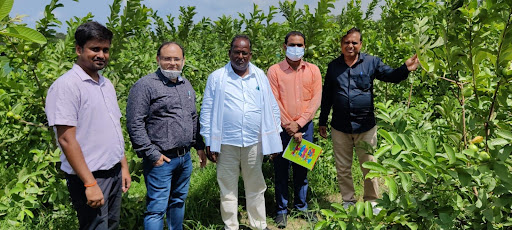
MGNF Ankit Kumar, MGNF Akhil Kumar, and Program Manager Paritosh Pathak at a farm visit in Ayodhya, with the farmer and representative from the district agricultural office.
Role of Institutions in Creating Sustainable Income and Value Chain Development: A Policy Perspective
- By Ankit Kumar -- Copy Editor Jazreen Deboo
- March 09, 2022
As per discussions at the Fourth Biennial Supply Chain Management events held in December 2014 (IIM Bangalore), it is evident that the agriculture supply chain has not shown a significant improvement, unlike other supply chains, in the last few decades.
Small and marginal farmers are one of the most economically vulnerable sections of the Indian population. In India, more than 86.08 percent of farmers belong to the small and marginal category with an average size of operational holding of 1.08 hectares (Agriculture Census 2015-16).
Over the last 20-30 years, the decline and death of smallholder farms has been observed worldwide. India, being the largest nation of smallholder farms, farm laborers, and landless workers on the planet, must consider this as a major concern (Sainath, P. 2007). Apart from the uncertainty of the weather, depleting soil quality, and challenges in attaining Agri-inputs, the income-generating capacity of farmers is further affected by their growing lack of access to modern marketing systems.
The recent farmers' agitation was on the grounds that the deregulation of the market would put an end to the mandi system, which, while weak in itself, is important to the farmers. Without it, the small farmers would not get fair prices for their produce. In the extended supply chain, intermediaries add their margin with little or no value addition to the product, resulting in a high price paid by the end consumer. The share of profit is meager for the producers. Due to the lack of local agricultural facilities, the expenses in harvesting, packaging, storage, and transportation result in high overheads for the small farmer. Professor Naik (IIM Bangalore) states, “The provision of the new farm laws when implemented will weigh in favor of traders." (Naik & Gopikuttam, 2020)
After decades of struggle in the agriculture sector, the government, media, and the public have finally acknowledged the harsh realities faced by these farmers and are addressing these challenges through various government schemes. Reform is required in agriculture, but of what kind? The holistic scenario and long-term effects of farm laws need to be studied in detail to suggest the right policy decisions.
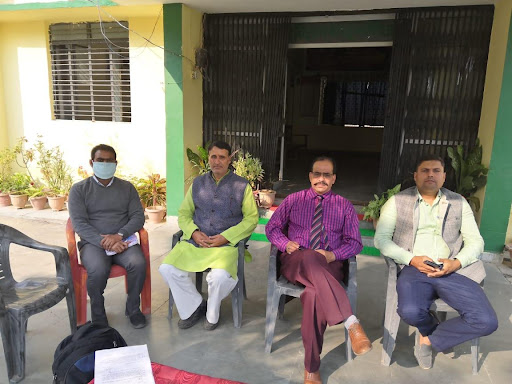
MGN Fellow Ankit Kumar in conversation with Krishi Vigyan Kendra scientists and progressive farmer of Masodha Block, Ayodhya
Policy Discourse:
The National Commission on Farmer (2006) recommended a strong need to work on periodic rural markets; focused interventions are required.Improvement in post-harvest infrastructure and regulation of the market will help them. The role of the agriculture market committees needs to change from merely a regulatory focus to the promotion of grading, branding, packaging, and development of distant and international markets for local producers.
Gopal Naik and DN Suresh (2018) emphasized developing a sustainable Agri-retail supply chain. They insist that the involvement of small producers in the sourcing network and institutional initiative is a keystone for the sustainable development agenda, which can help them meet the food safety and quality regulations.
There is a dire need to effectively manage the post-harvest needs of the farmers. Sustainable and robust value chains can be developed by creating closer business links between the farmers and agri-processors, traders, retailers, and exporters to improve economic returns.
The policy measures taken to stabilize the rural livelihood and producers should be protected against price volatility (Patnaik, 2003). Small farmers/producer-focused value chains have the potential to help a large part of the rural population gain a lucrative income. The information about prices, value chains, competitors, and consumer preferences are out of reach of the small/marginal producers. So, if one really wants to help the small and marginal farmers, the right approach is through FPOs at the village level (Gulati, 2020).
Generally, in a market, the producer focuses on pricing and expects income stability, while the consumer expects good quality and value for money. So, establishing an efficient system through the supply chain helps the producer and the consumer. As per recent trends, urban consumers prefer to purchase their produce from supermarkets. This behavioral tendency of developed countries is gradually emerging in developing countries as well. Supermarkets have changed the procurement system from decentralized to centralized by some wholesalers. With this chain in place, small farmers can sell their produce at the farm gate, but because of financial incompetency, they are unable to invest in input quality measures, as per global standards (Patil, S. et al. 2016). There are also other significant barriers like lack of an enabling ecosystem, infrastructure, credit support, skilled manpower, laboratories facilities, and institutional support to participate in a competitive market.
Proposed Intervention:
-
To study the role of institutions in creating sustainable incomes for farmers by developing inclusive value chains.
-
To develop an organization specifically for small and marginal farmers to streamline and improve access to the market.
-
To strengthen community-based organizations to facilitate post-harvest activities like grading and sorting, storage, primary value addition, and transportation.
-
To develop an end-to-end supply chain connecting producers to consumers without intermediaries.
-
To extend the reach of knowledge institutions like Krishi Vigyan Kendras and Agricultural universities, thus tackling the information asymmetry problem.
The rationale for the intervention:
Currently, there is a diverse model of value chain development in place working to deal with large farmers; here is the specific idea to connect small and marginal farmers in sustainable income generation. This will introduce a better price discovery mechanism and connect farmers directly to the consumer. The potential of primary institutions like FPO, Cooperative has to be revealed in post-harvest management and ensuring market participation. Some socio-economic barriers which also obstruct access to the institutional benefits need to be identified and neutralized.
Area of intervention and Methods:
Uttar Pradesh is a highly agrarian state, with four significant regions, including Awadh Pradesh, Ruhel Khand (Western region), Bundelkhand (Southern region), and Purvanchal (Eastern Region).
Districts in the Western Province like Bijnor and Saharanpur share their border with the state of Uttarakhand and enjoy ideal weather conditions and hilly terrain for horticultural production. The western region leads the board and is considered the agricultural initiative model since it was the first to take up measures of the Green Revolution in the state. The middle and eastern regions of Uttar Pradesh have considerable production of cereals and benefit from the massive influx of funds and government schemes (before other regions) as they are a politically potent area.
For this study, the Awadh Region (part of the Tarai Region) is the selected area of intervention as it has the potential for cultivating mixed agricultural products.
As a Mahatma Gandhi National Fellow, I have worked closely with the district's department of agriculture in Ayodhya and supported them to mobilize 3,000 members of the farming community to form six Farmer Producer Organizations (FPOs). An FPO has the potential to bring farmers together to build better market mechanisms, reduce wastage and create mutually beneficial value chains.
Conclusion:
The intervention will help develop an inclusive value that takes into consideration the financial interest of the small and marginal farmers. It will also examine the potential of community-based organizations, like FPOs. in post-harvest management.The area considered under the study will get more opportunities for institutional intervention in terms of market linkages and consumer-based services.This model can be replicated in different parts of the country to better address agrarian distress.
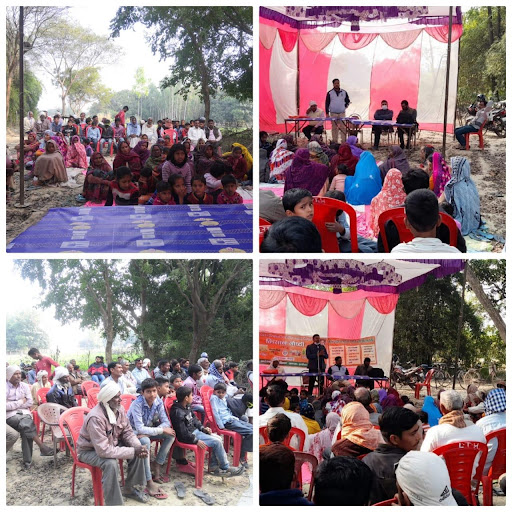
Seminar conducted at Bikapur block by Department of Agriculture and attended by 50-plus farmers and their families in Ayodhya
References:
Fourth Biennial Supply Chain Management Event 2014 (IIM Bangalore)
Anchored by Prof. Gopal Naik (IIM Bangalore), Members of the Panel - KM Parashivamurthy (Addl. Director - Fruits) , Sunil G Awari (Namdhari's Fresh), Praveen Dwivedi (Future Consumer Enterprise Limited)
Agriculture Census 2015-16
Dyutiman Choudhary, Mahendra Singh Kunwar, & Golam Rasul. (2015). From Farmers to Entrepreneurs—Strengthening Malta Orange Value Chains Through Institutional Development in Uttarakhand, India. Mountain Research and Development, 35(1), 4–15. http://www.jstor.org/stable/mounresedeve.35.1.4
Gulati, A. (2020, December 30). To Help Farmers, the Right Approach Is through Farmer Producer Organizations, Not APMC Mandis.
Jain, Rajni & Chand, Prem & Rao, Sulakshana & Agarwal, Priyanka. (2020). Crop and soil suitability analysis using multi-criteria decision making in drought-prone semi-arid tropics in India. Journal of Soil and Water Conservation. 19. 271-283.
National Commission on Farmers Serving Farmers And Saving Farming, (2006)
Patil, S., Jha, A., & Jha, A. K. (2016). Role of financial agencies in integrating small farmers into a sustainable value chain: a synthesis based on successful value chain financing efforts. Current
Science, 110(11), 2082–2090. http://www.jstor.org/stable/24908137
Patnaik, U. (2003). Global capitalism, deflation, and agrarian crisis in developing countries. Journal of Agrarian Change, 3(1‐2), 33-66.
Sainath, P. (2007). The farm crisis: Why have over one lakh farmers killed themselves in the past decade. Speaker's Lecture series: Parliament House.
Swaminathan, M. S. (2004). (rep.). National Commission on Farmers - Serving Farmers And Saving Farming (Vol. 8-2/2003 Policy(ES). Delhi, India: Ministry of Agriculture.
Trienekens, J. H. (2012). Value Chains in Developing Countries: A Framework for Analysis. In M. P. van Dijk & J. Trienekens (Eds.), Global Value Chains: Linking Local Producers from Developing Countries to International Markets (pp. 43–68). Amsterdam University Press. http://www.jstor.org/stable/j.ctt46mshk.5
van Dijk, M. P., & Trienekens, J. (Eds.). (2012). Global Value Chains: Linking Local Producers from Developing Countries to International Markets. Amsterdam University Press. http://www.jstor.org/stable/j.ctt46mshk

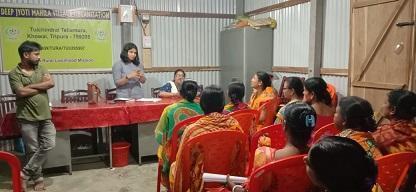
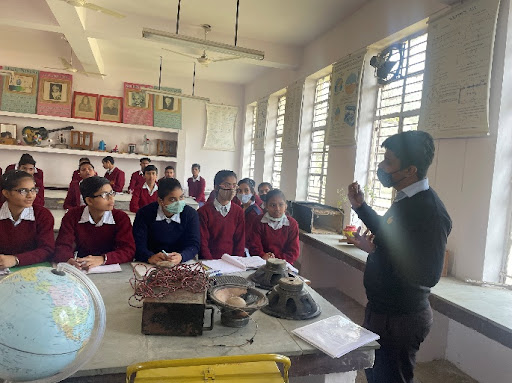
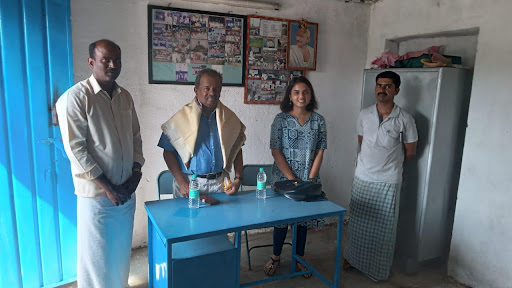
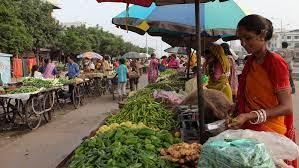
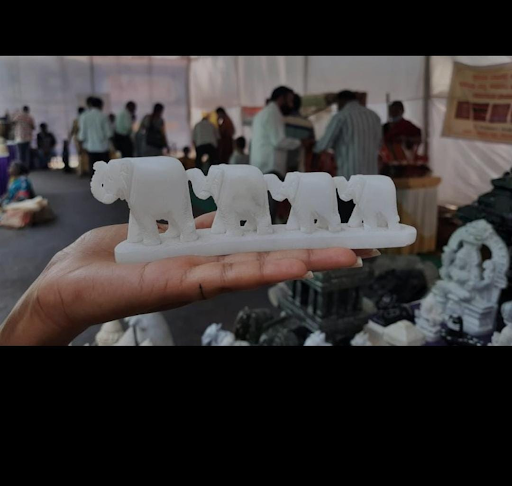
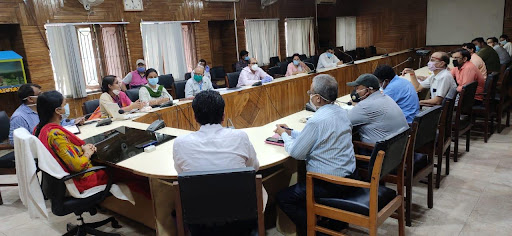
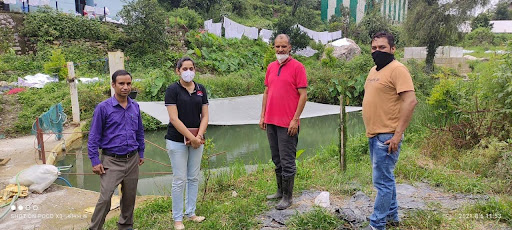
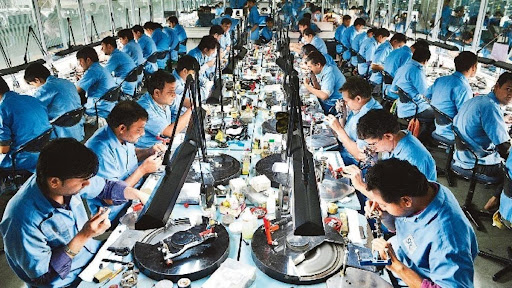
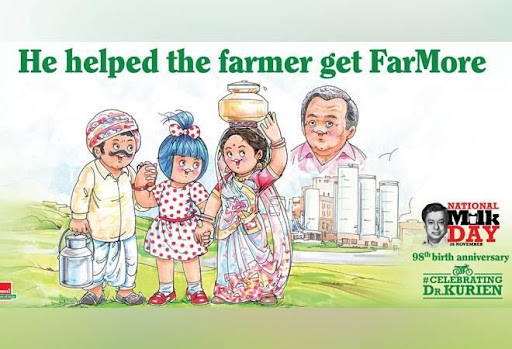
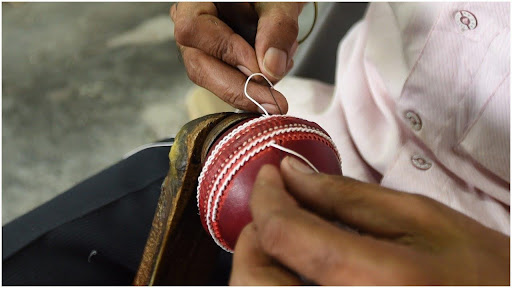
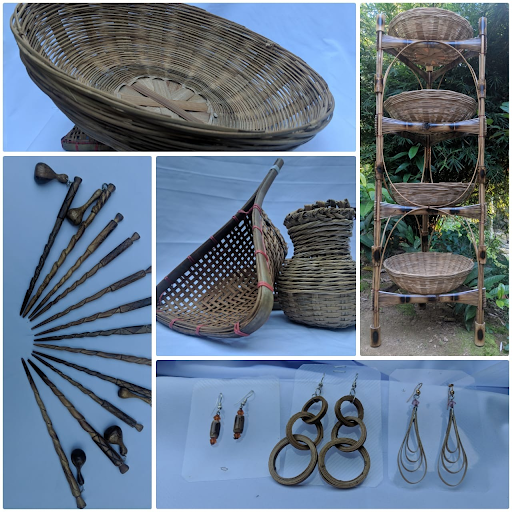
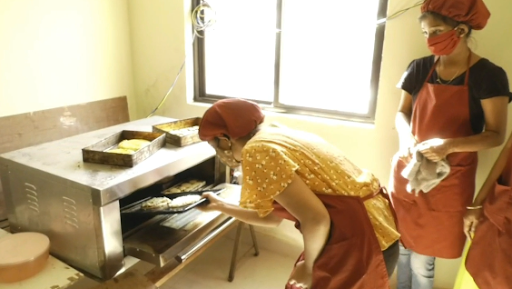
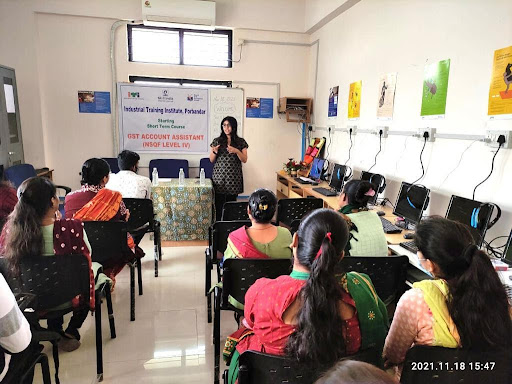
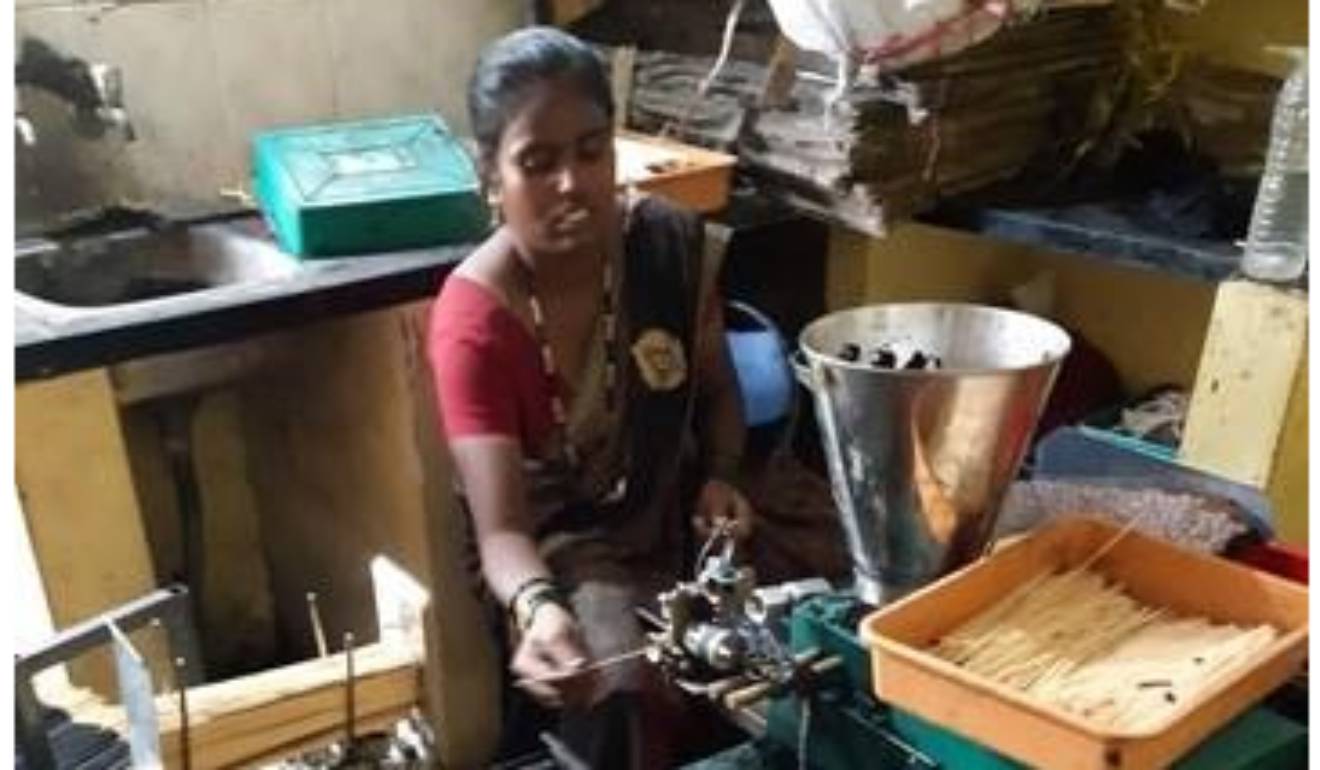



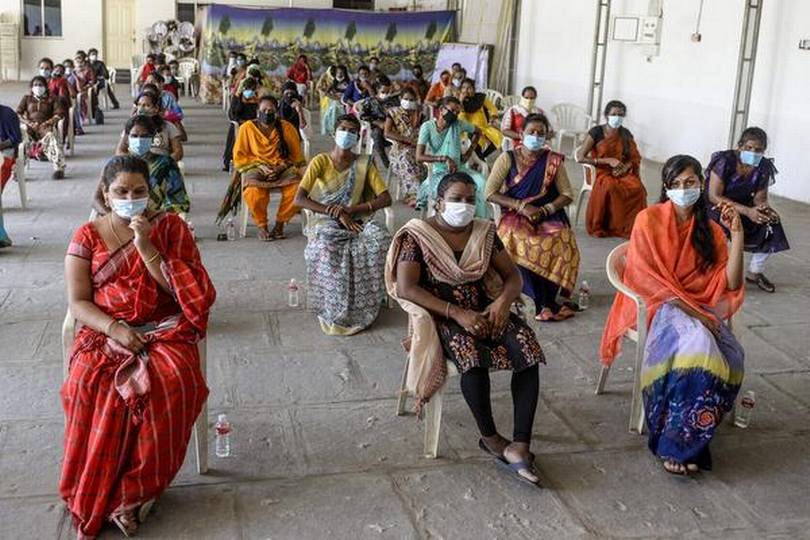
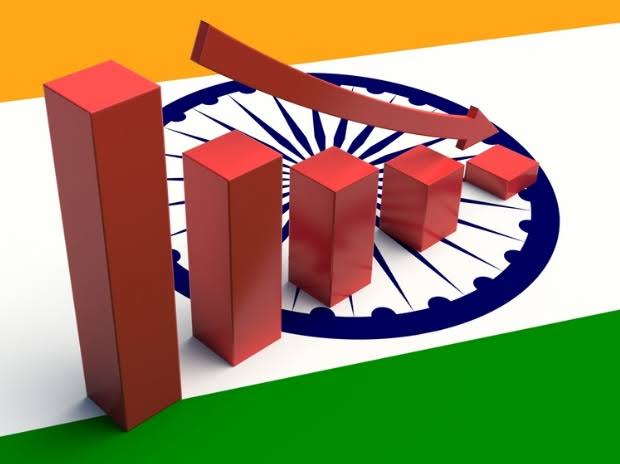







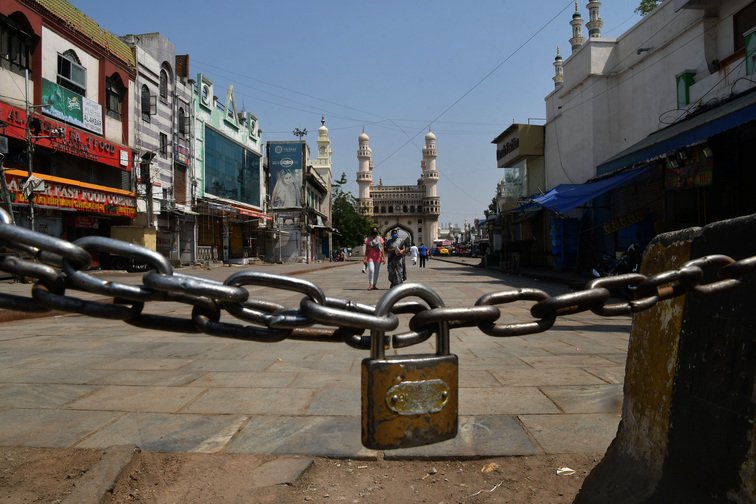
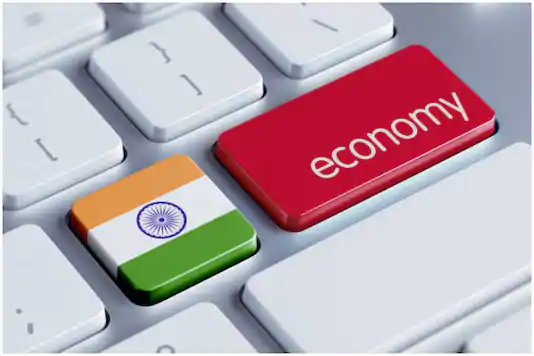


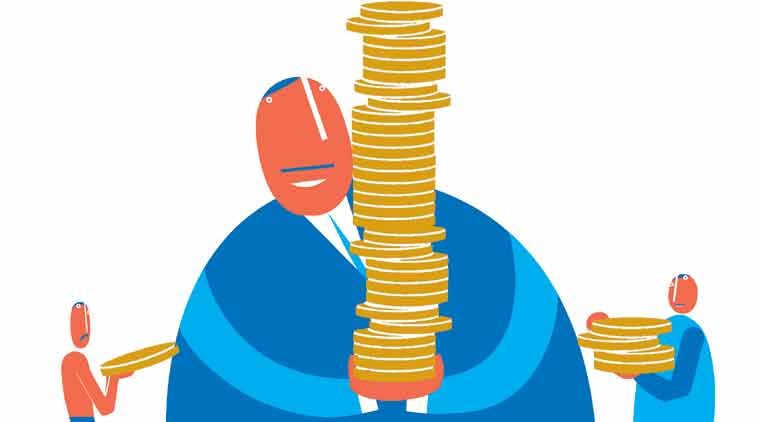
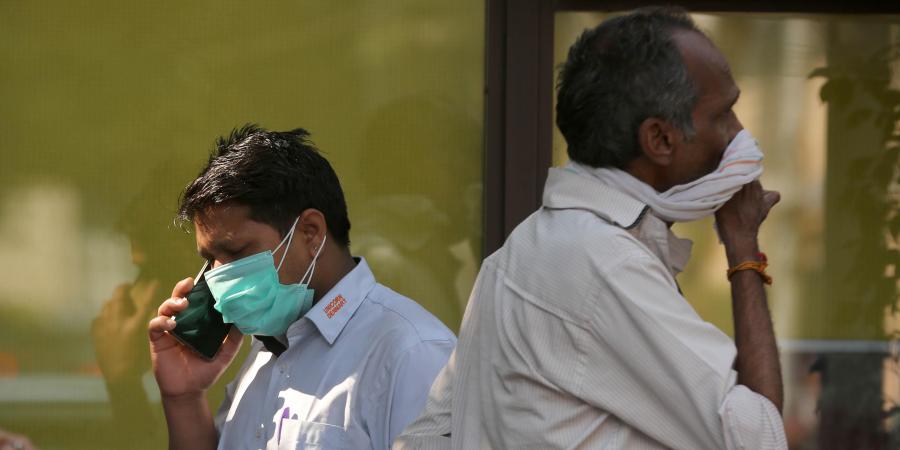
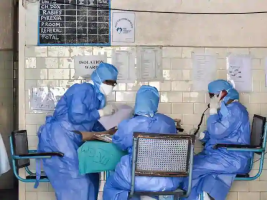
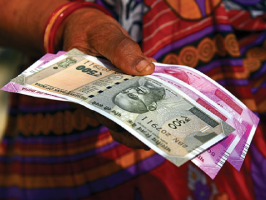
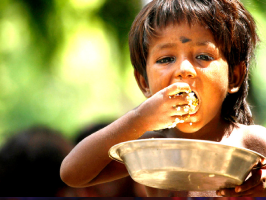
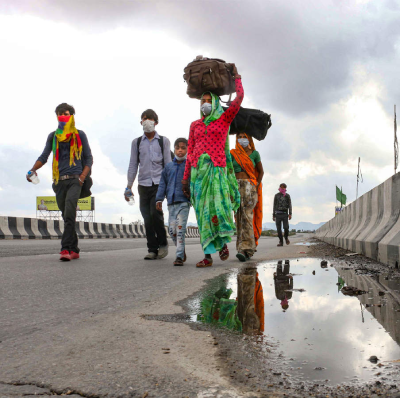
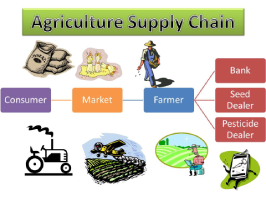
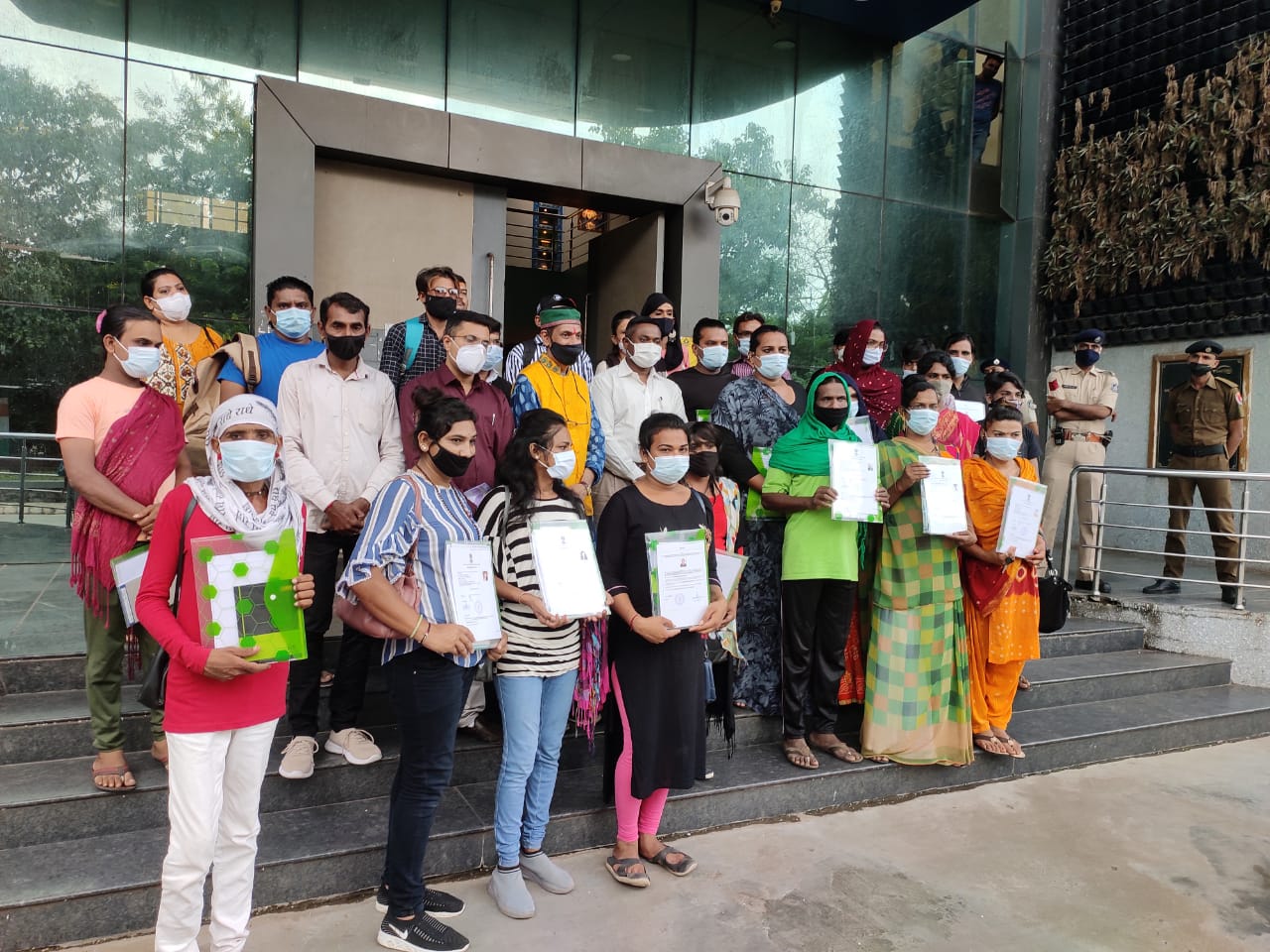
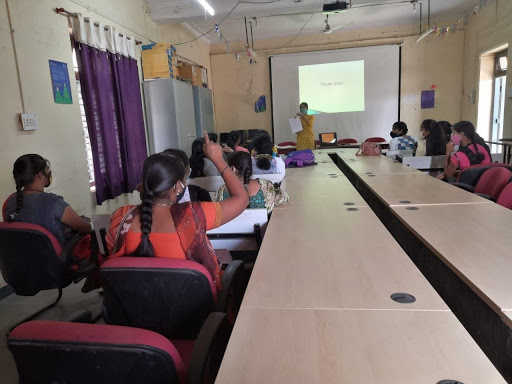


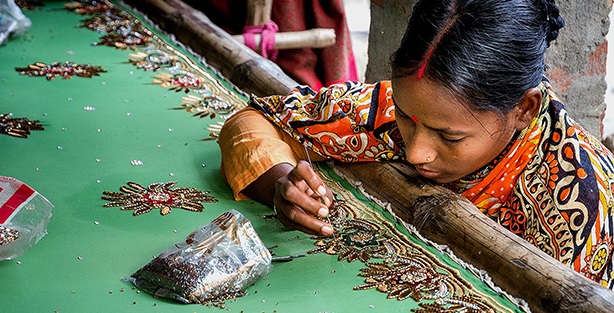
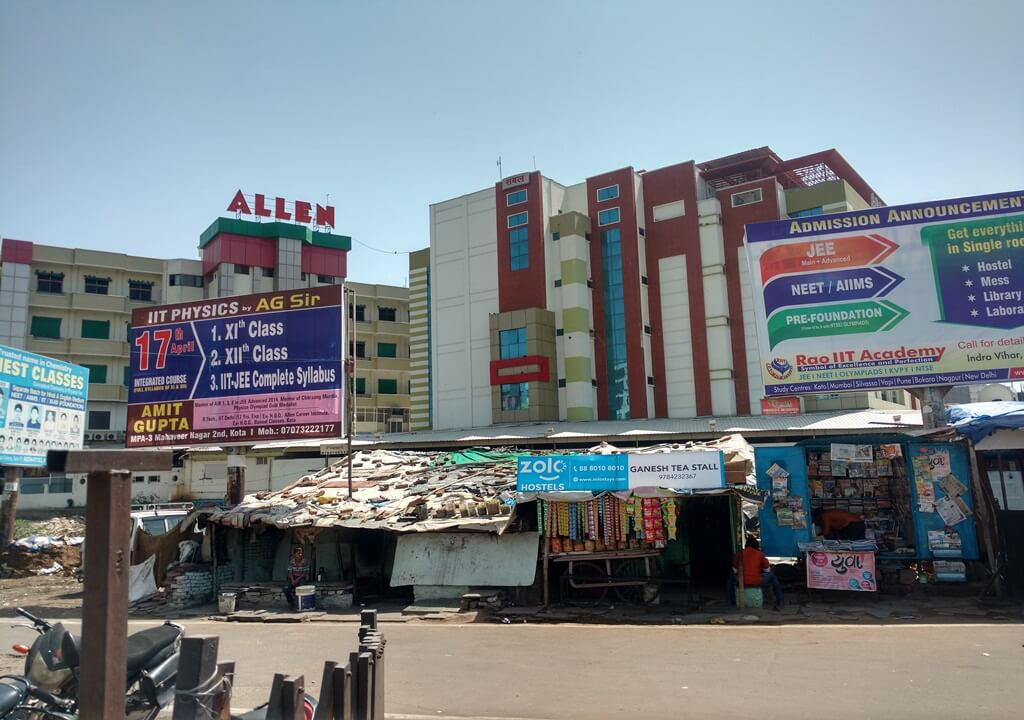
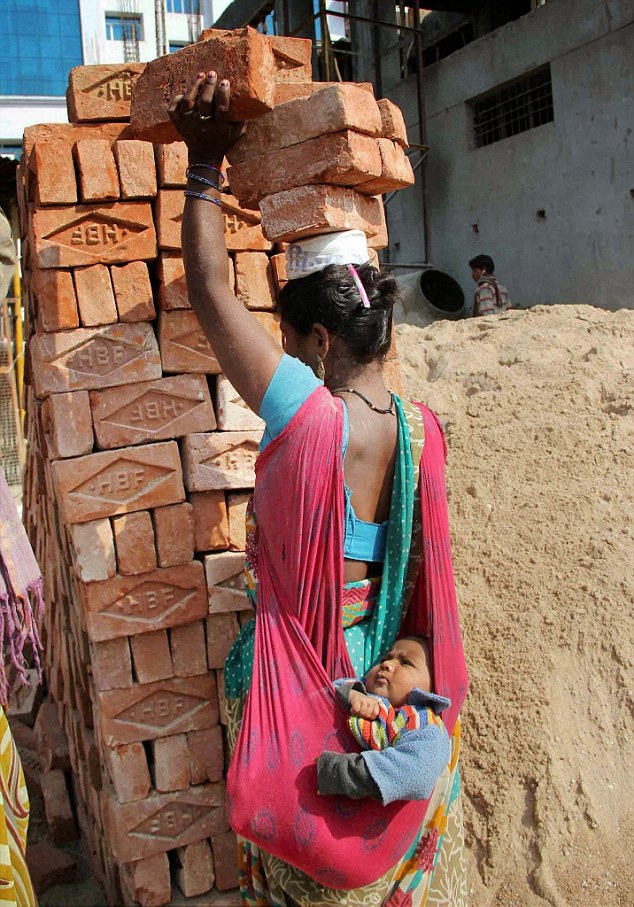
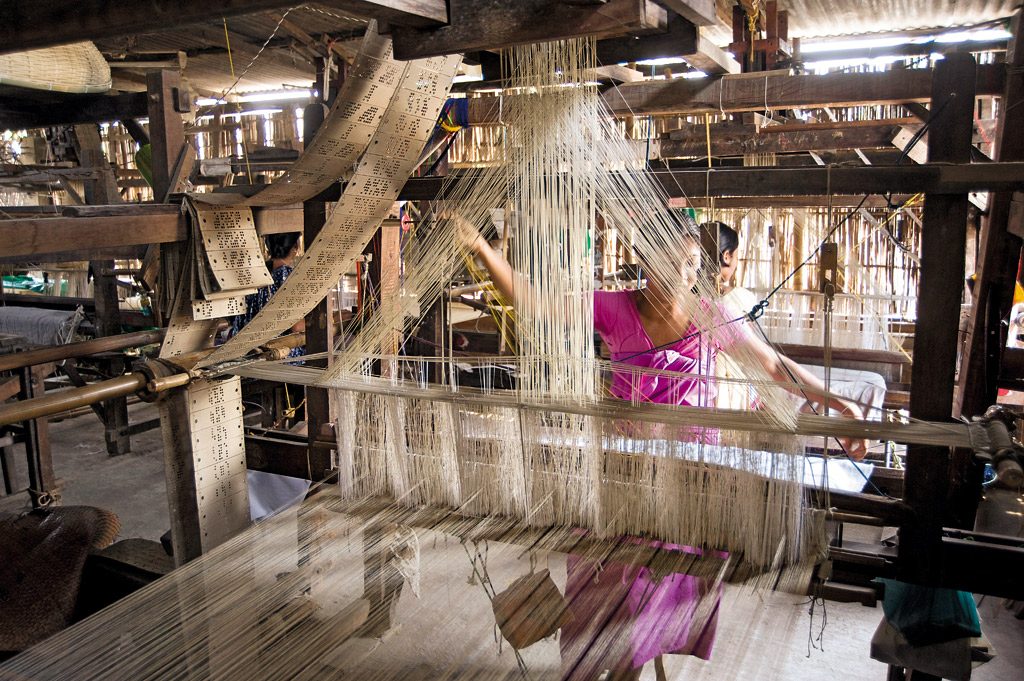
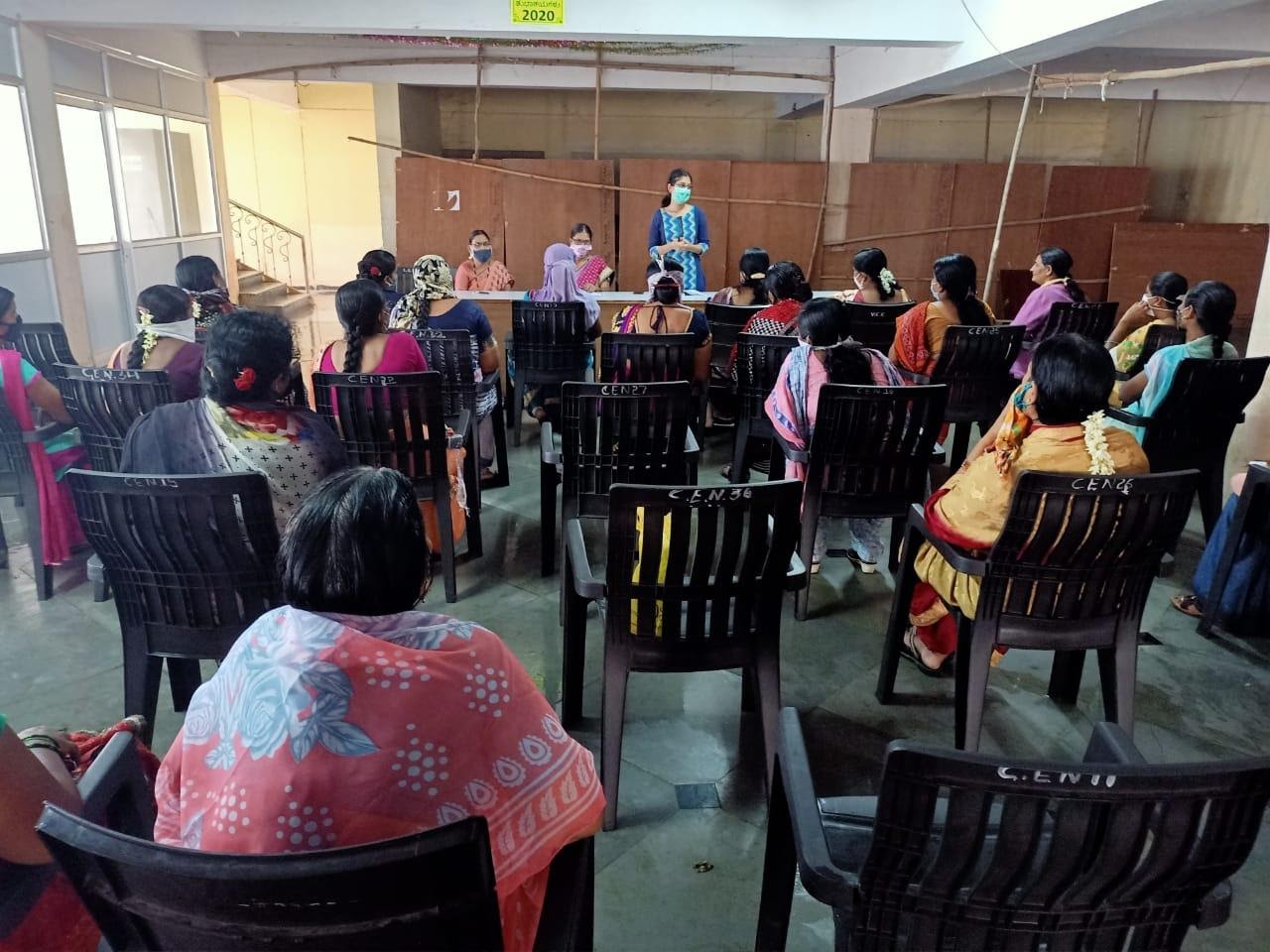
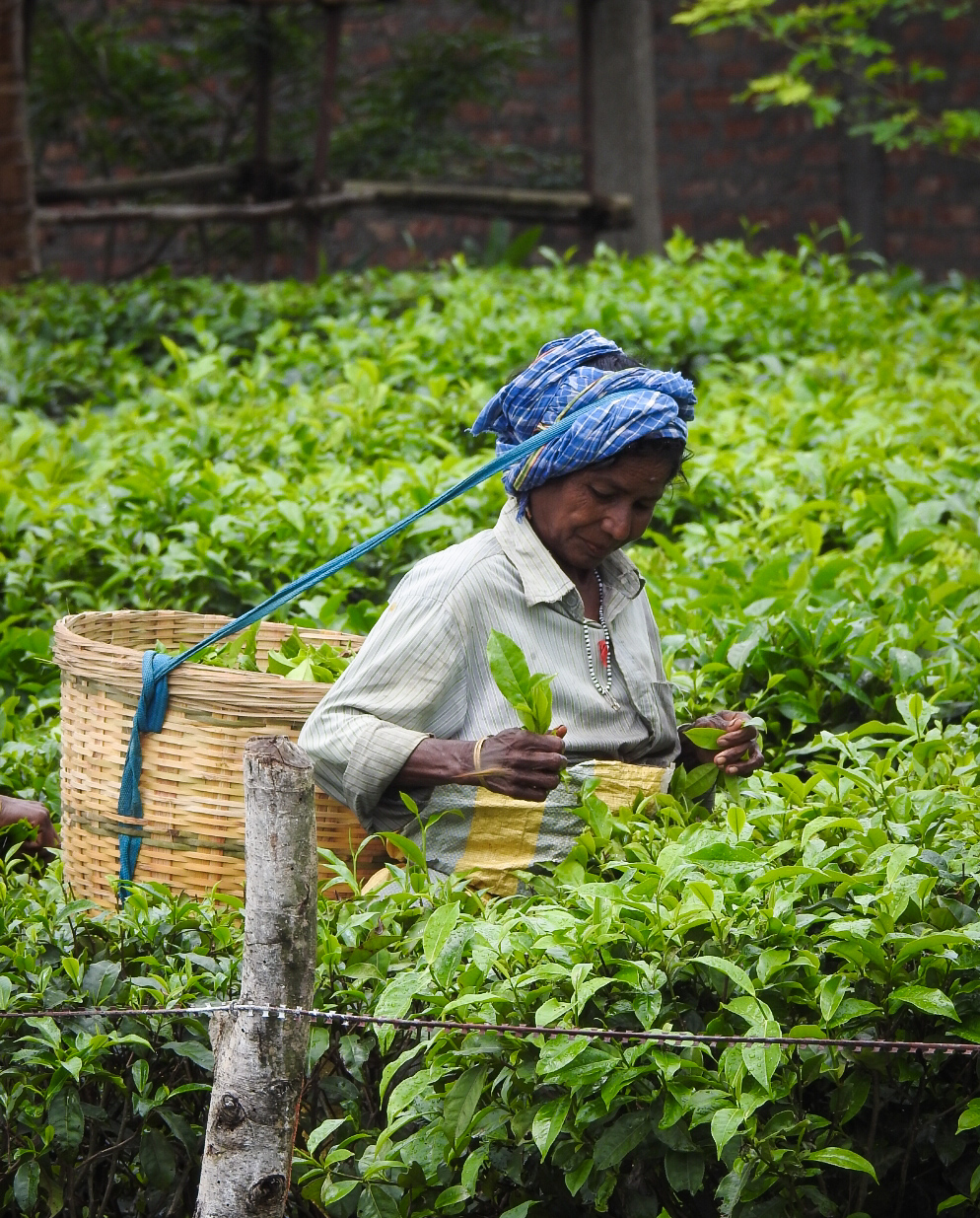
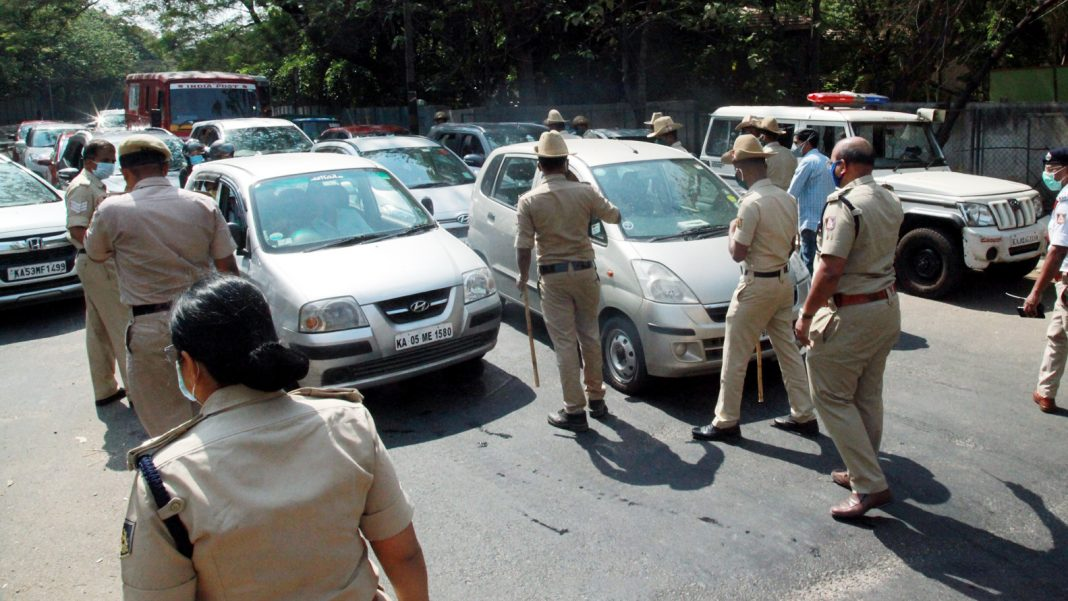
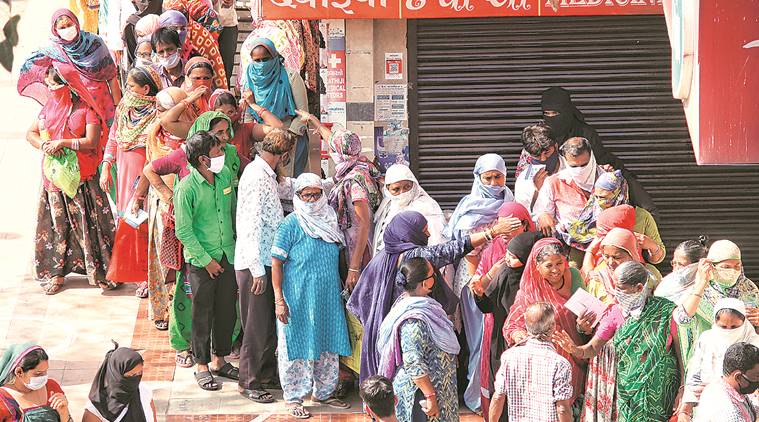




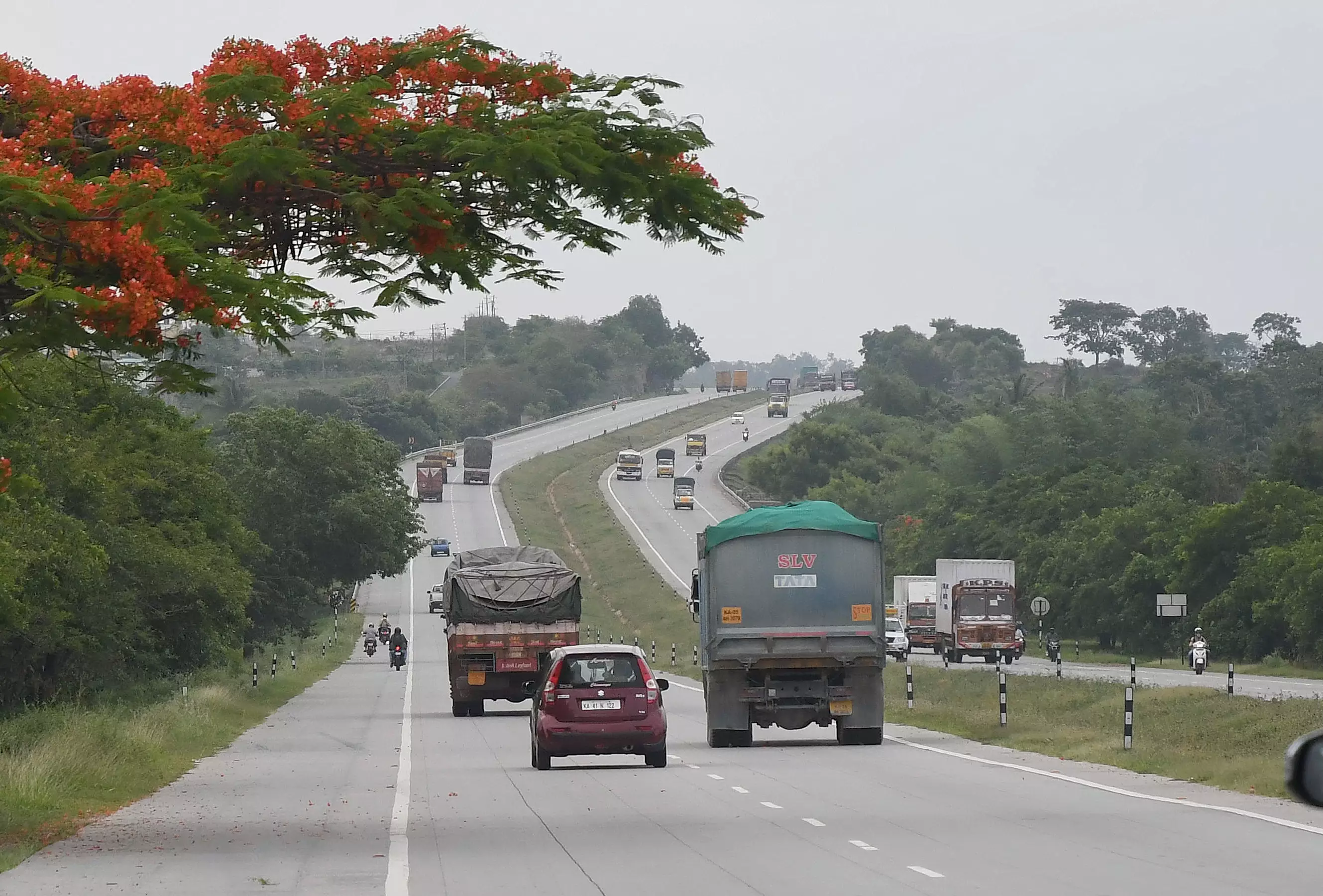
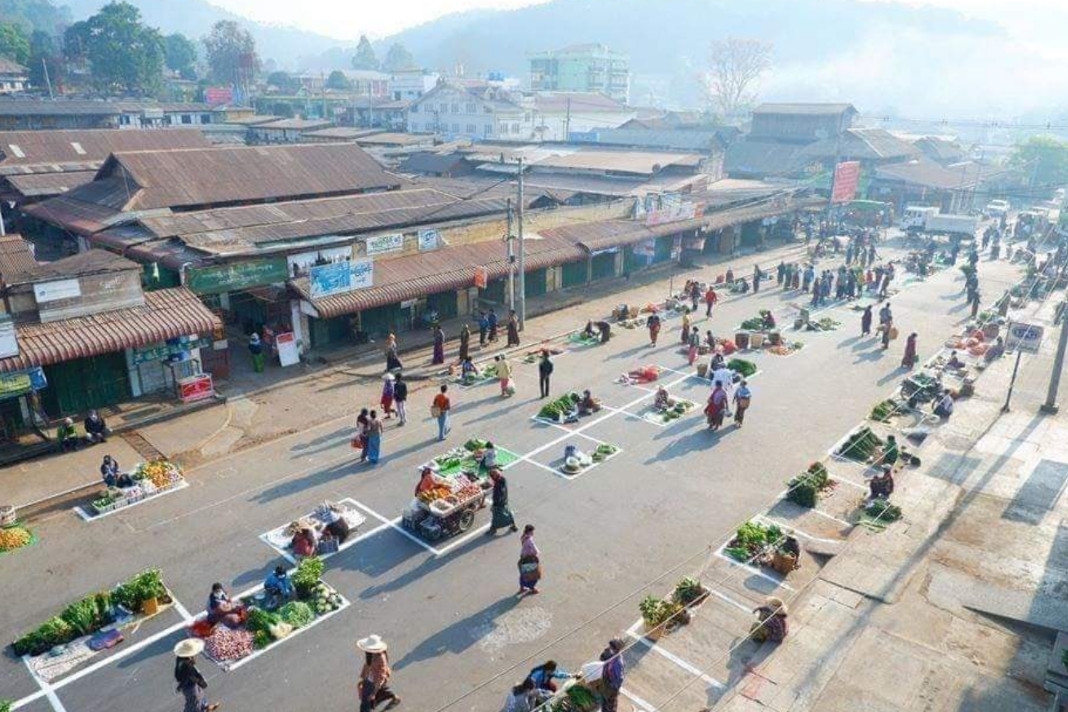
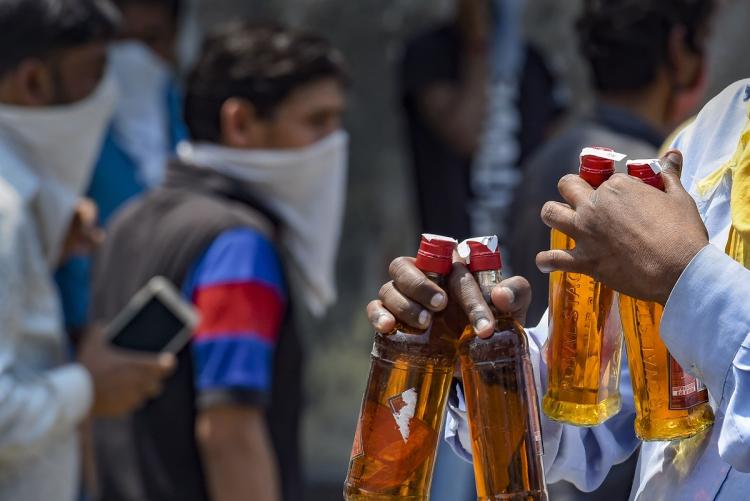
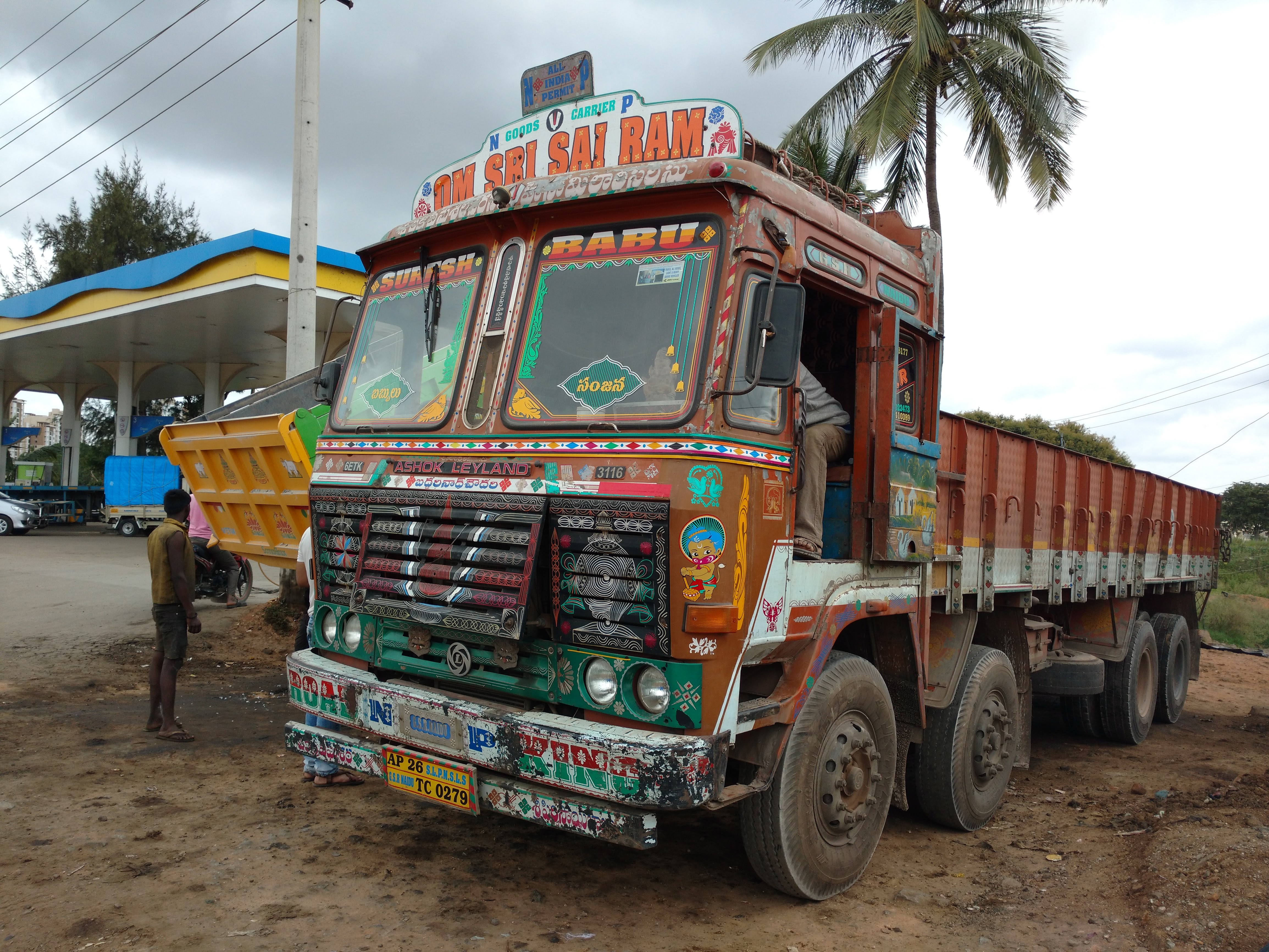

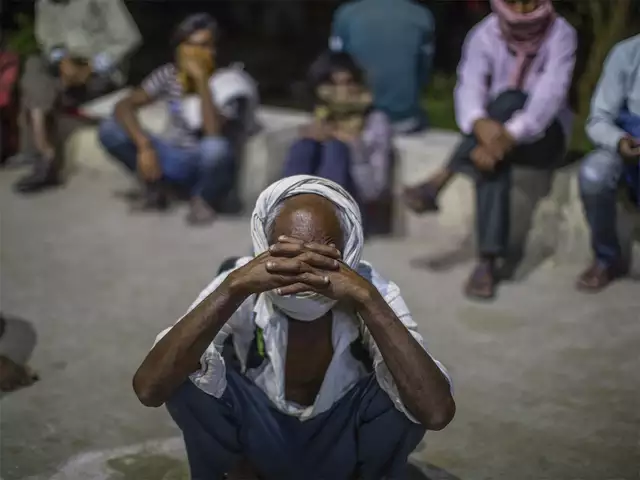

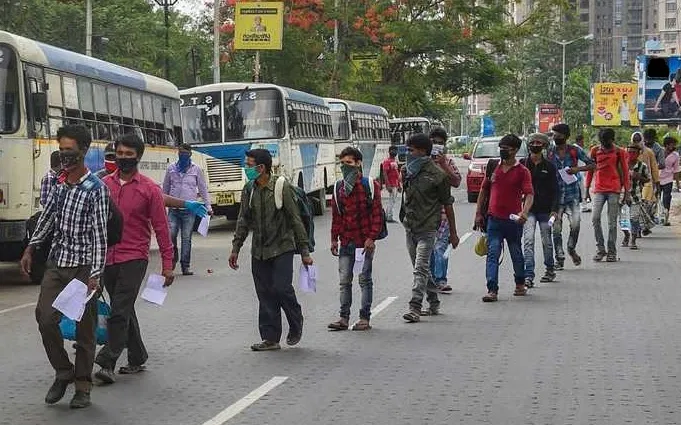



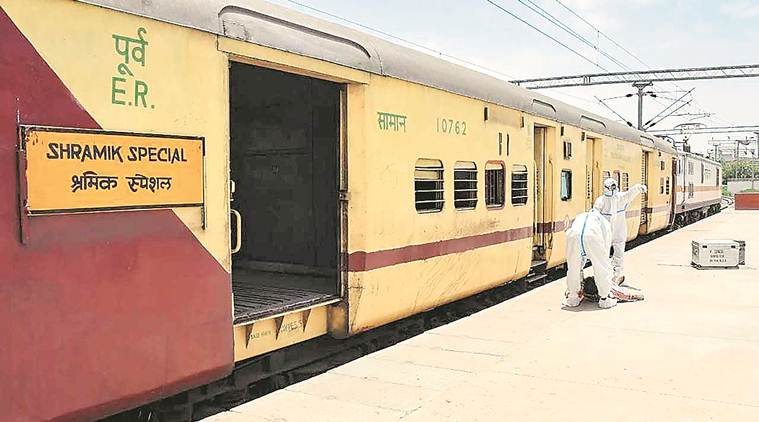

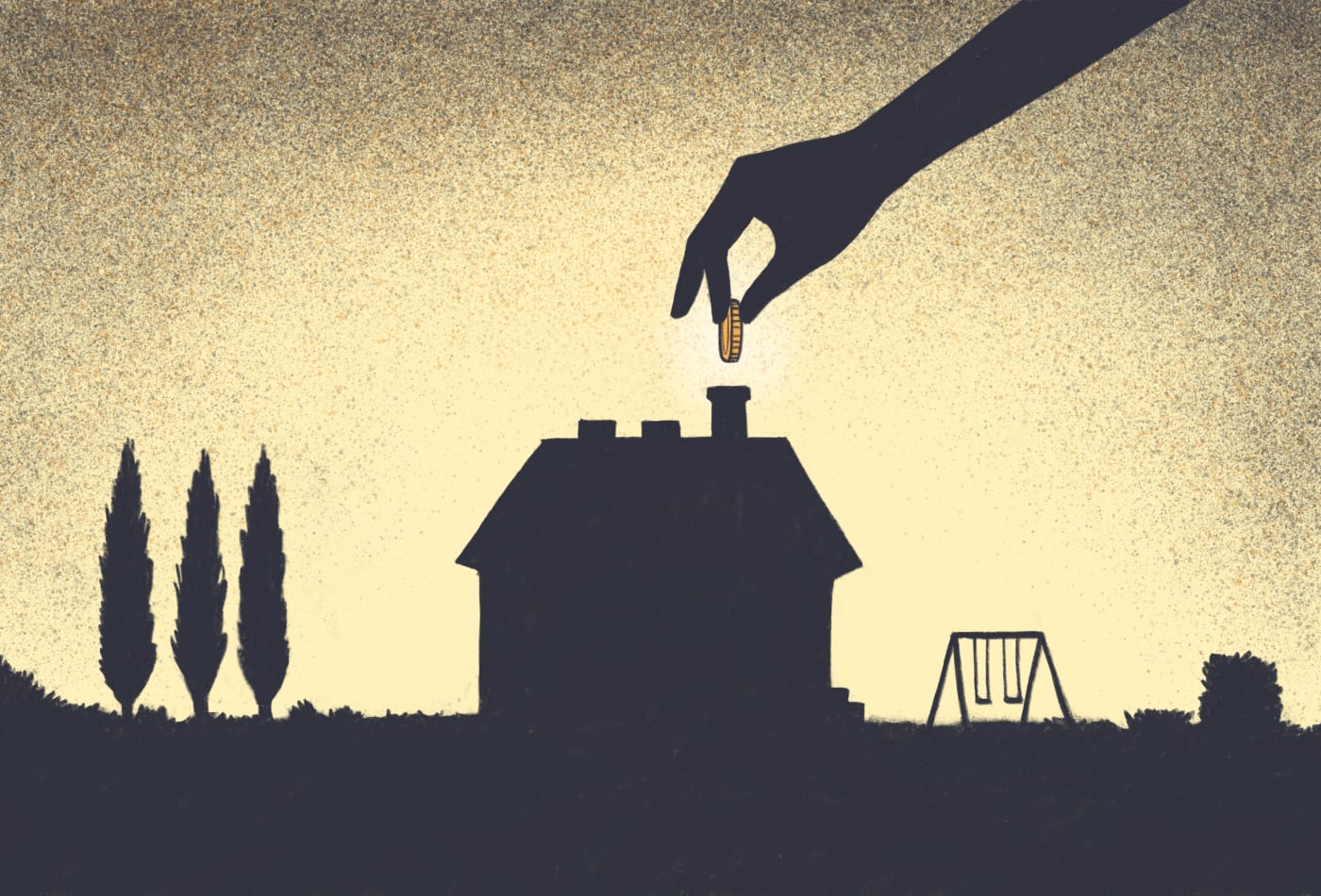

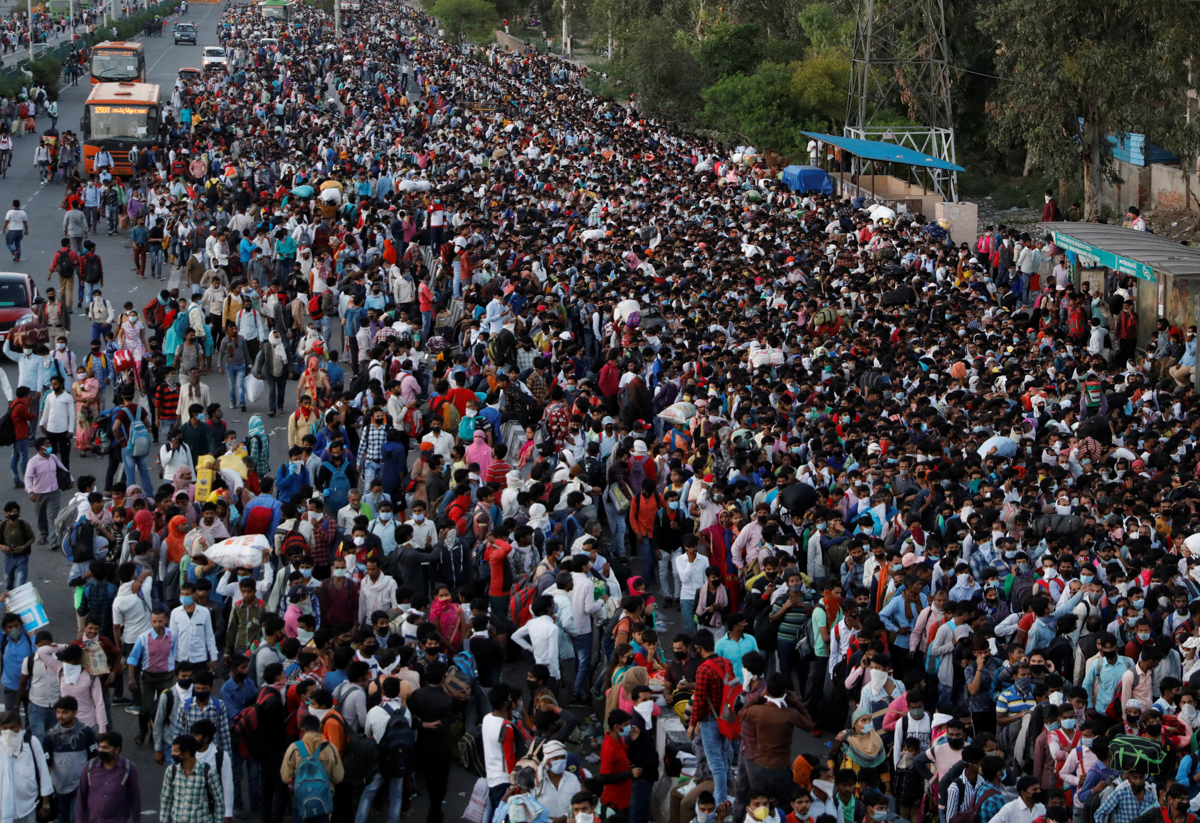
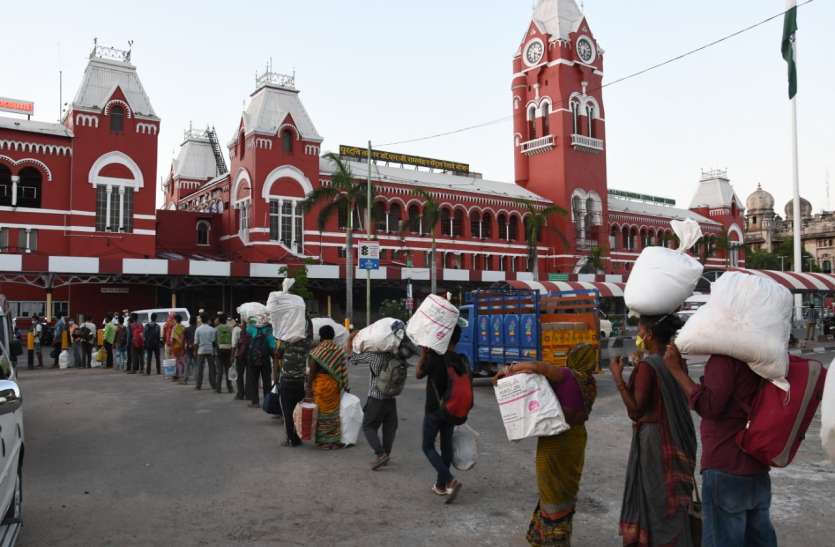
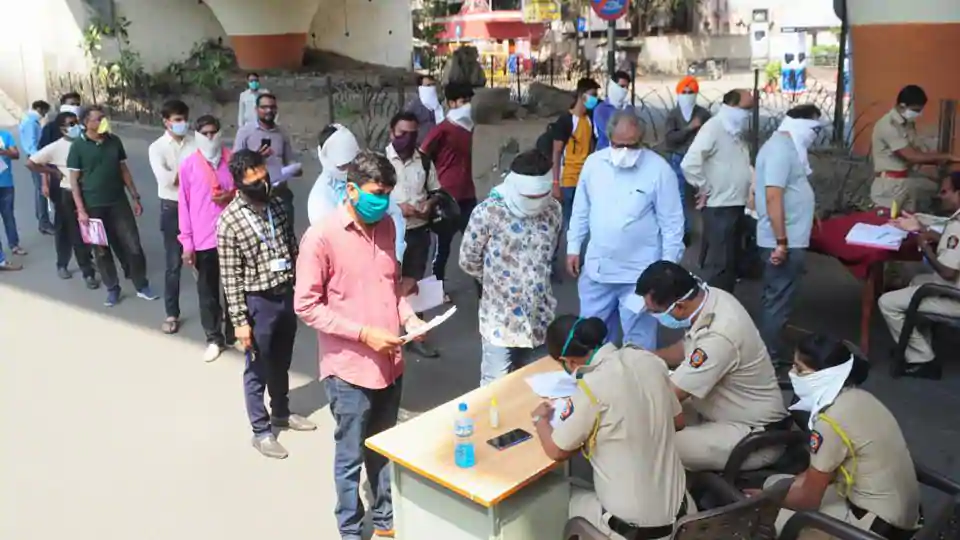
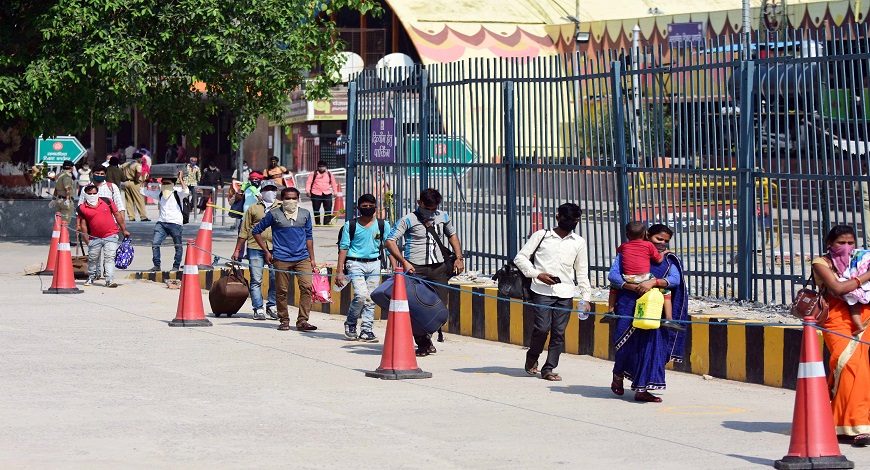
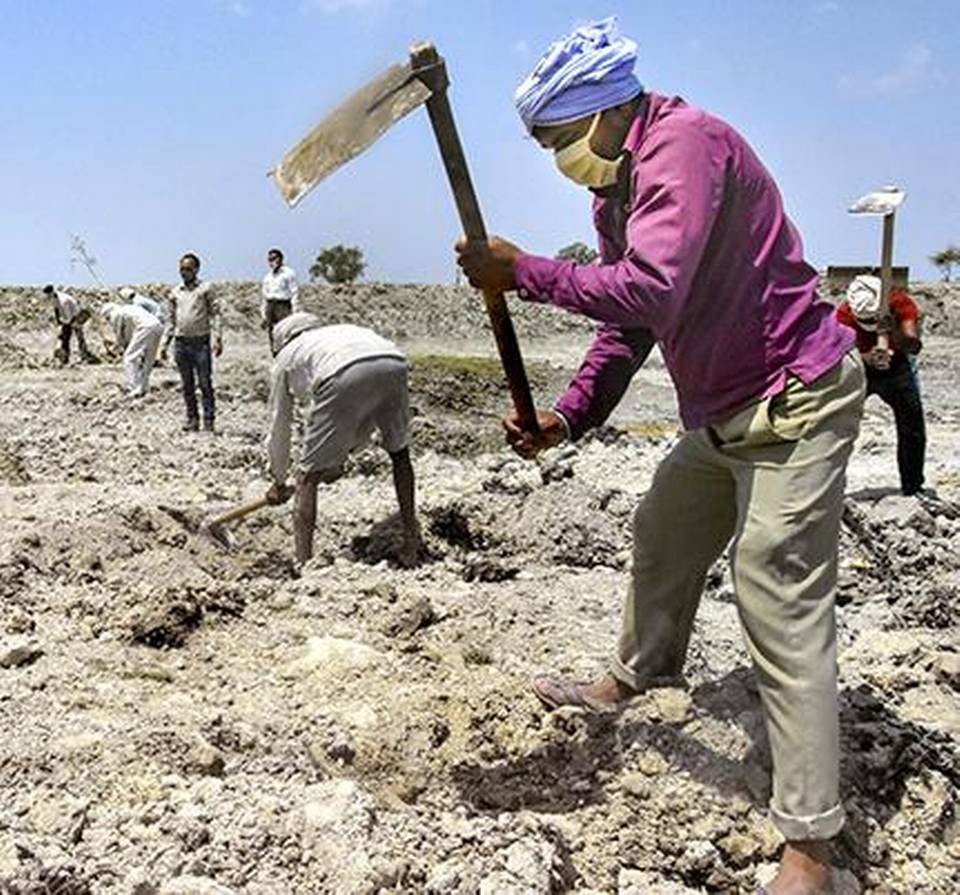
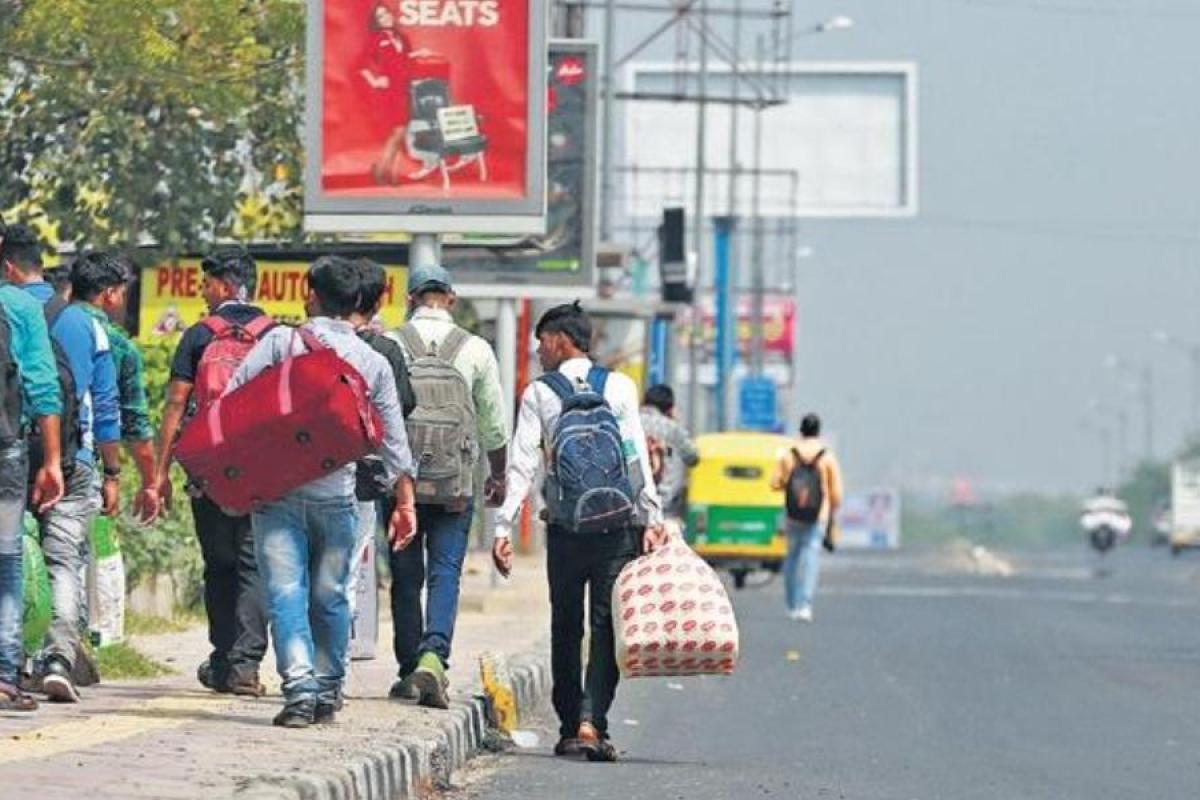
Ankit Kumar